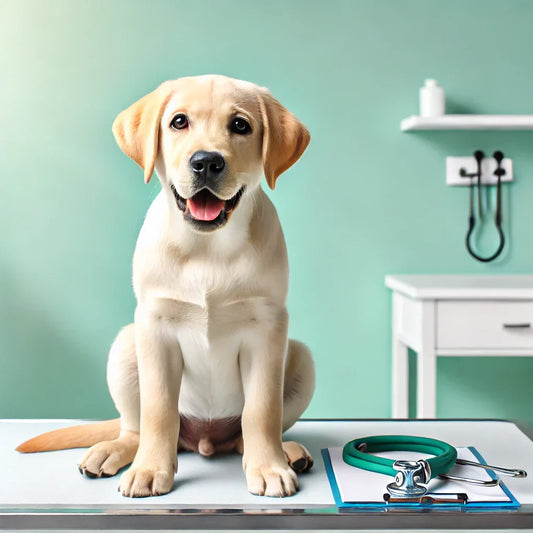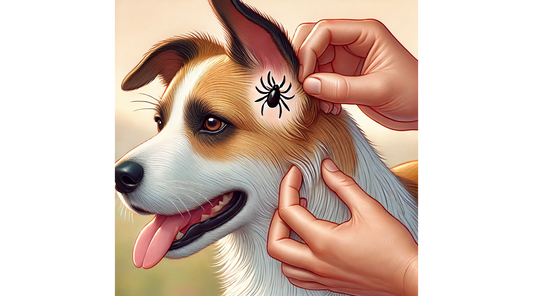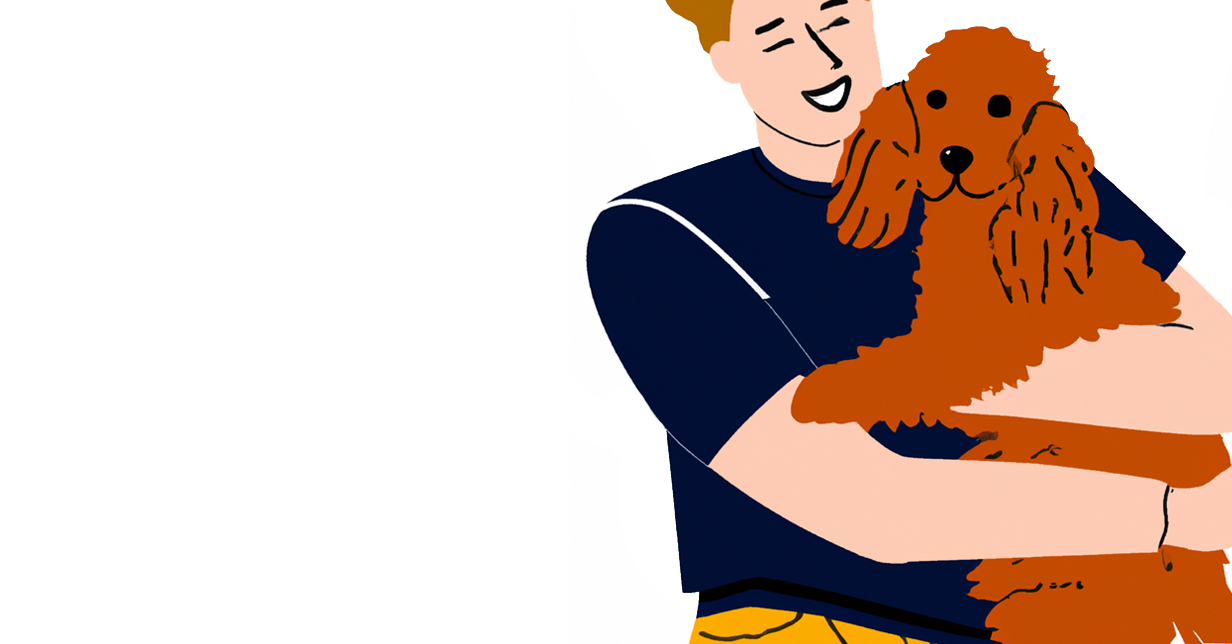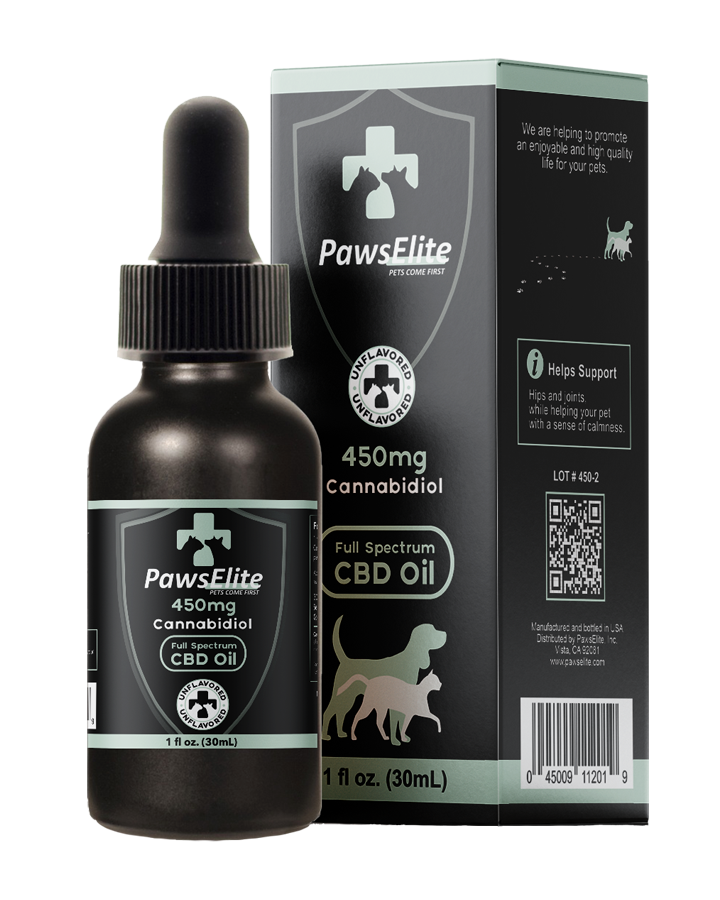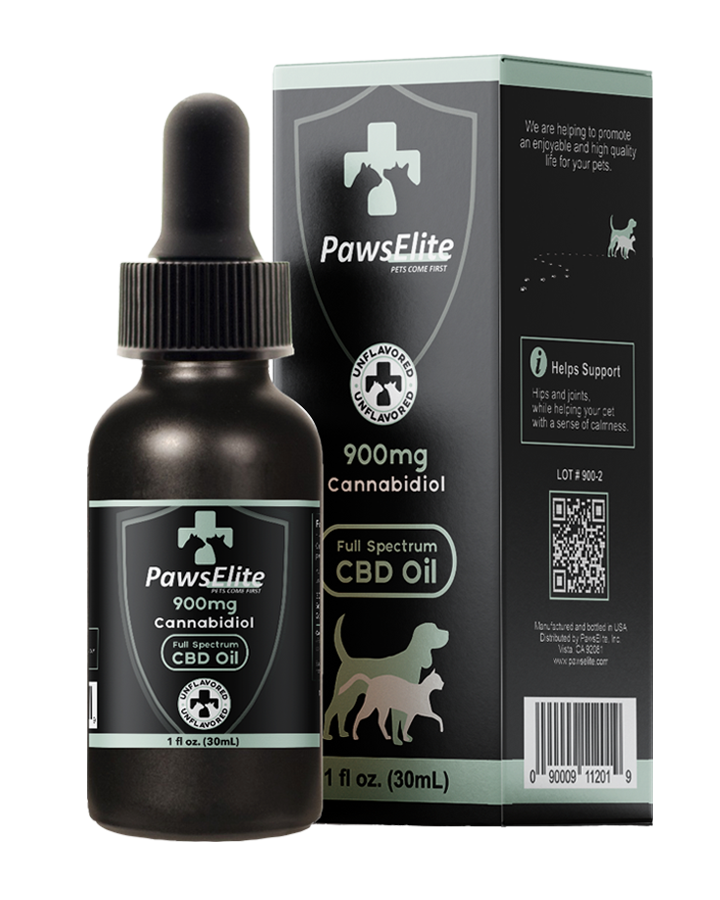
Dogs with Maggots | Maggots Dogs (Myiasis): Parasitic Disease that Affects Dogs
Share
A maggot infestation is referred to as myiasis in fancy medical jargon. Flies are reproduced by laying eggs that produce maggots that eventually turn into flies. Any kind of draining wound or damp coat that is covered in feces or urine might attract flies and serve as the ideal place for them to deposit their eggs. Maggots will start feeding on any dead or dying tissue as soon as the eggs hatch. On occasion, they'll even start eating the good tissue.
This is significantly more prevalent in hot, humid surroundings and is more frequent during the warm summer months when flies are depositing their eggs. Dogs that have open sores, persistent skin conditions, incontinence, or movement impairments are more prone to have this illness.
To prevent the release of harmful enzymes and poisons into the dog's circulation, a veterinarian should manage the removal of the maggots or grubs in this urgent condition. The medical word for a maggots on Dogs or grub-infestation of fly larvae on the skin of a living animal, in this example a dog, is myiasis.
Maggots Dogs – What is it?
There are many different types of maggots on dogs, but cavitary myiasis and cutaneous myiasis are the most common types to be discovered in canines. A maggot infestation on a dog's skin or within a wound is referred to as cutaneous myiasis.
A maggot infestation within of natural bodily cavities characterizes the less frequent condition known as cavitary (the ears, nostrils, and mouth, etc.). Flies lay their eggs inside an open lesion or wound, resulting in dog myiasis. When the eggs hatch, they turn into maggots, which subsequently eat the dog's dead or dying skin tissue as well as occasionally healthy tissue. The maggots may spread into the dog's skin and remain in the wound, preventing it from healing. If left untreated, the maggots would penetrate a dog's skin more deeply and spread throughout the body, eating away at vital organs.
The risk of getting this disease is higher in canines that are confined to the outdoors, have chronic dog skin diseases (but more on this later), open or festering wounds, or movement issues.
It’s also good to know the following causes of Dog’s Itchy Skin. A frequent skin problem in dogs is itching. You've come to the correct place if you've been wondering how to stop a dog from licking himself or why a dog won't stop scratching. Because my dog constantly scratches but doesn't have fleas, Paws Elite started researching natural treatments for dogs with itchy skin. The most common cases for itchy skin on dogs is environment, food allergies, dog paw allergies, or Pyroderma.
Without a veterinarian, it is impossible to accurately diagnose dog skin diseases and other canine skin illnesses. As a result, bring your pet in for diagnostic testing to identify the specific problem. But dog owners should be aware of the most common illnesses and skin conditions that affect dogs:
- Allergies
- Hormonal imbalance
- Parasites
- Seborrhea
- Bacterial infections
- Fungal infections
- Dog cysts
Symptoms of Myiasis (Maggots) in Dogs
Unmistakable myiasis symptoms are its most obvious symptom. On the dog's damaged skin, there will be a little, white fly larva that is typically writhing and active. Sometimes the dog's fur hides the wound, especially if it is long and matted. Small, sticky, white eggs of various sizes are frequently discovered on the fur of the affected animal. As the maggots emit an enzyme that necrotizes healthy skin tissues, a dog with untreated myiasis will start to smell nasty and decomposing. In extreme circumstances, individuals may lose their appetite and develop depression and lethargy.
- Foul smell
- Visible larvae on skin
- Lethargy
Causes of Myiasis (Maggots) in Dogs
Myiasis is brought on by a female fly, typically a blowfly, depositing eggs in a festering wound, on persistently moist skin, or on skin that has been contaminated by urine or feces. In hot, humid conditions and during the warmer months, this is more likely to happen. The most prevalent cases of this in dogs are those who are frequently unclean, have severe injuries, or have movement issues. The chance of a maggot infestation might also be increased by ongoing skin conditions or allergies.
Signs of Maggots in Dogs
The presence of maggots on your dog's coat, skin, or within a wound is the most evident sign of dog maggots, or myiasis. The mother fly may lay 75–150 eggs at a time, therefore maggots are rarely observed alone. You'll be able to see the maggots squirming and moving about in real time. They might be between one and four inches in size. Flyblow, or eggs, can also be found on your dog's skin and coat; they are normally sticky, white, and about the size of a grain of rice. Typically, the only way to get rid of eggs is to shave the dog's hair.
Look for signs of myiasis if you notice that your pet feels restless and is regularly getting up, itching, squirming, biting, or grooming himself. Start with areas that your dog can't lick, such as behind the ears, in the middle of his back, and on top of his head. Maggots flourish in wet, warm environments, so pay particular attention to any damp skin regions as well. Look, for instance, between his toe joints, which may become moist from damp grass or puddles, and beneath his tail, where feces or urine may contact the skin.
Untreated myiasis in dogs causes the development of a rotting, unpleasant odor as the maggots emit an enzyme that necrotizes or destroys healthy skin tissues.
In extremely rare circumstances, your dog may get a Cuterebra infection, often known as warbles. The eggs of botflies, or Cuterebra, are laid near or within the entrances of rabbit or rodent burrows. The dog's mouth, nose, or other orifice allows the larvae to enter the body of the dog after they have hatched. Dogs may unintentionally host Cuterebra larvae when pursuing rabbits or rodents or examining their burrows. The majority of the time, warbles affect the neck or head of dogs, although the early stages are rarely apparent from the outside; they don't become felt or seen until the larvae mature and cause the skin to bulge.
Both vuterebra and myiasis are serious diseases, and a veterinarian should handle the removal of the maggots. Make an appointment as soon as you believe your pet has maggots to prevent them from further destroying the skin tissue.
Treatment of Myiasis (Maggots) in Dogs
The physical removal of the grubs or maggots is the main myiasis therapy. This delicate operation is often carried out by hand. There may be several larvae associated with blowfly maggots, and they must all be eliminated. In order to eliminate dead tissue and encourage healing, skin that has been harmed by the maggots frequently has to be debrided.
Botfly grubs are typically only seen alone or in tiny groups, but they too have poisons that can be harmful to the health of your cat. The procedure is often carried out under sedation or general anesthesia because of the delicate nature of the procedure and to minimize pain for the dog. At this point, any infections discovered by the cultures performed on the affected tissues will also be treated, and antibiotics or antifungals will be provided as necessary.
Recovery of Myiasis (Maggots) in Dogs
It might take a lot of time and care for wounds from these kinds of infections to heal correctly. It can take many visits to be sure that every larva has been eliminated. In order to prevent gangrene from forming, your veterinarian will also make sure that skin is recovering properly. These wounds frequently develop infections, so it's crucial that you take all of the prescription meds to treat them completely. If you stop taking them early, the infection may return.
Natural Ways for Recovery and Healing
Following myiasis treatment, what your dog eats might have a significant influence on how well he heals. Poor food choices might delay his recovery. The best recovery strategy should include wholesome meals that encourage healing, even if it's crucial that you heed any advise the veterinarian may give.
If your pet was not very hungry prior to the procedure, it is probable that he won't be extremely hungry after he wakes up from the anaesthetic. Start by serving him wholesome snacks. Ask your veterinarian or a dog nutritionist for advice if you are unsure of what food is suitable for your dog.
When choosing what to feed your pet, look for foods that are strong in protein because this will help him keep his body mass. Avoid giving your dog any treats or meals heavy in carbohydrates, as most recovering dogs have some level of insulin resistance. Additionally, you should feed your dog a high-energy diet because lethargy in dogs following medical treatment is a pretty normal occurrence.
Last but not least, you want the dog's recuperation diet to include appetizing and simple-to-digest meals! He will take in more of the nutrients required for recovery if you make it more pleasurable and simple for him to ingest.
- Carrots
- Sweet potatoes
- Bell peppers
- Blueberries
If you have any questions or concerns, you should always visit or call your veterinarian – they are your best resource to ensure the health and well-being of your pets.

